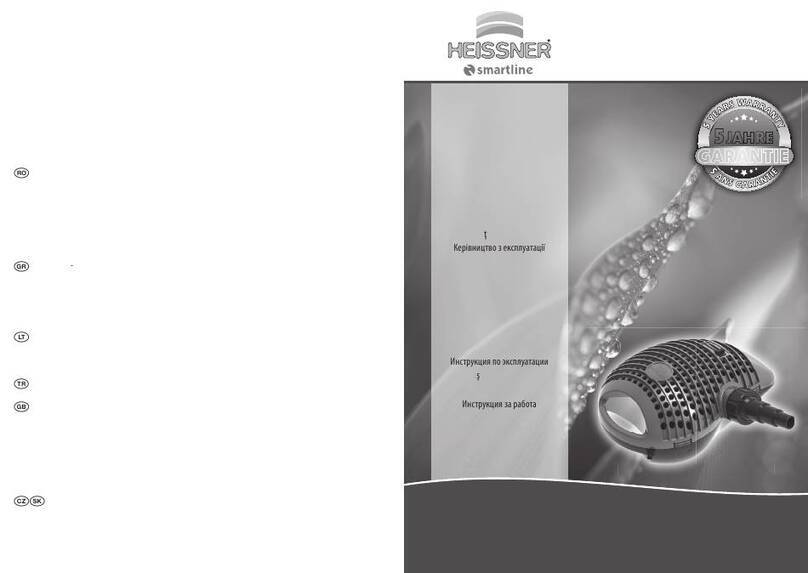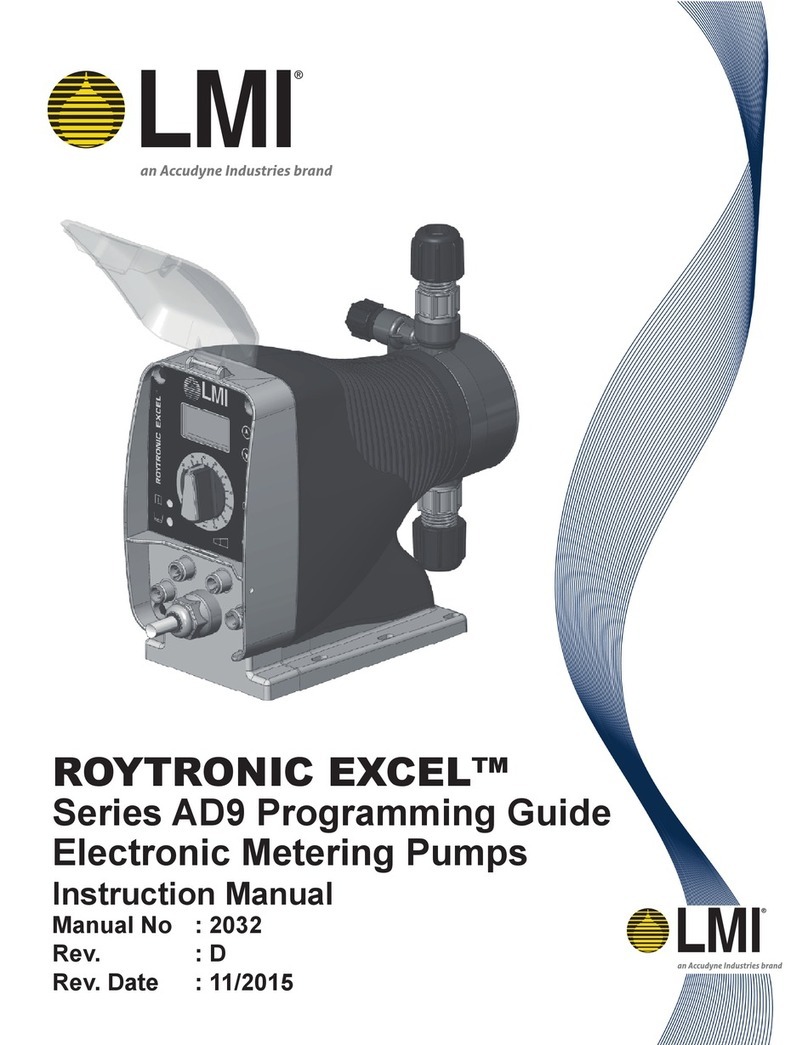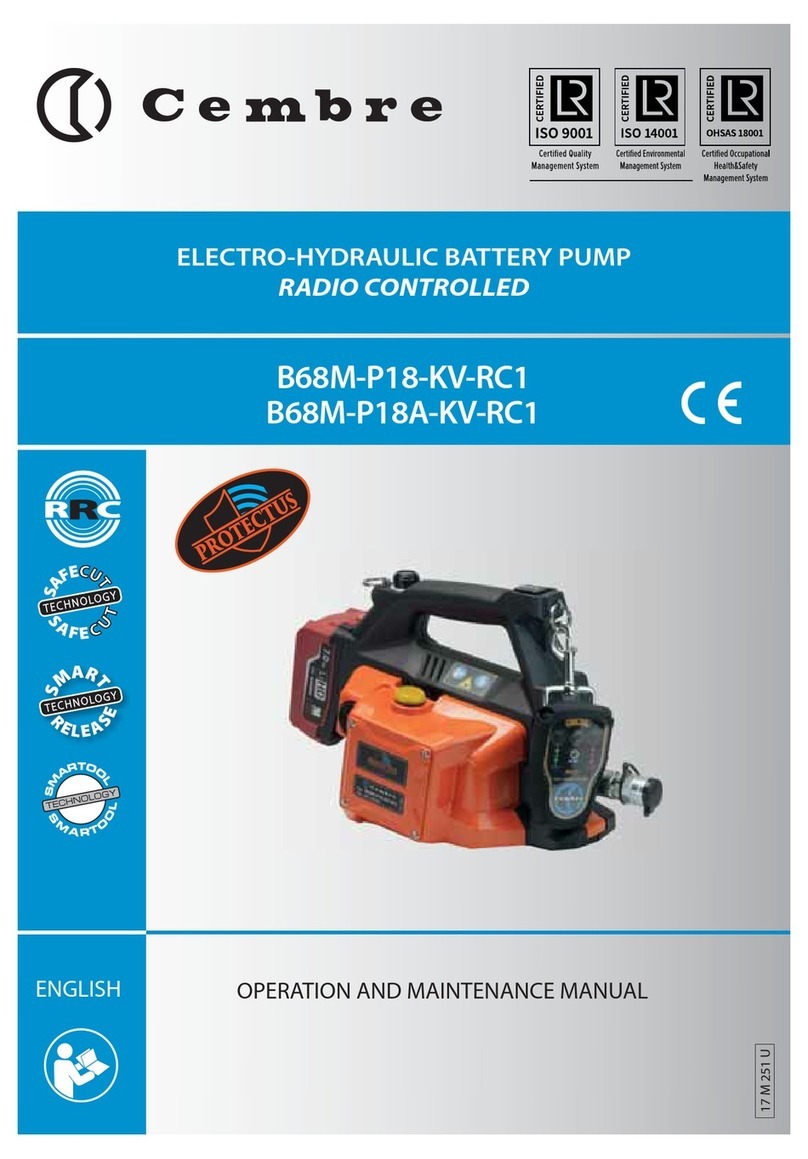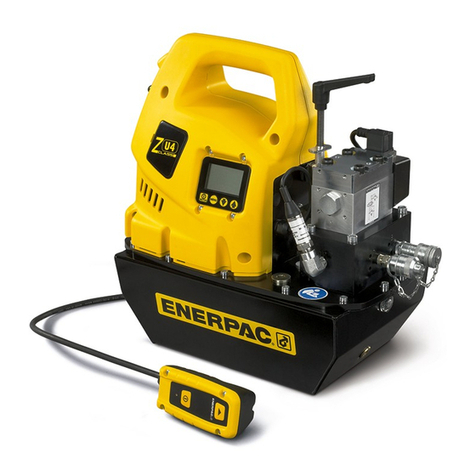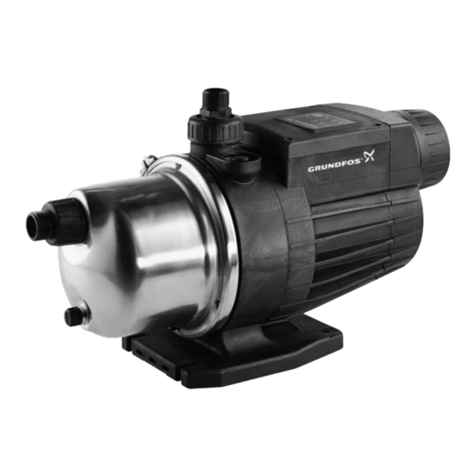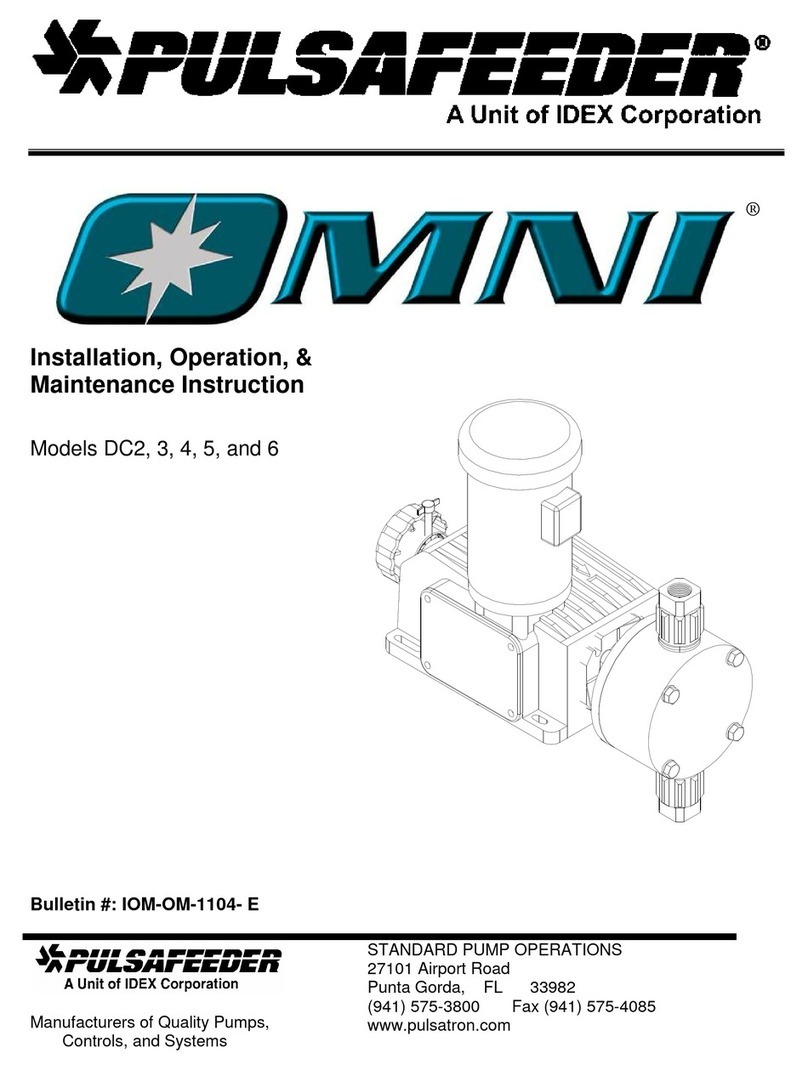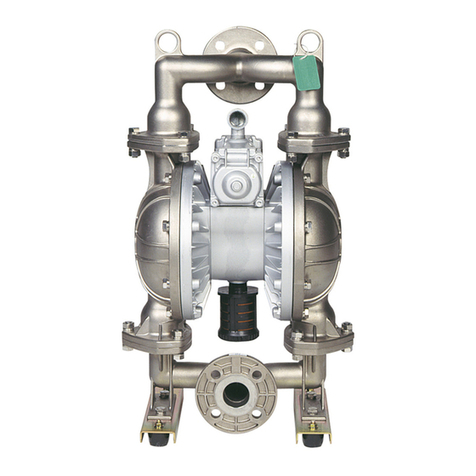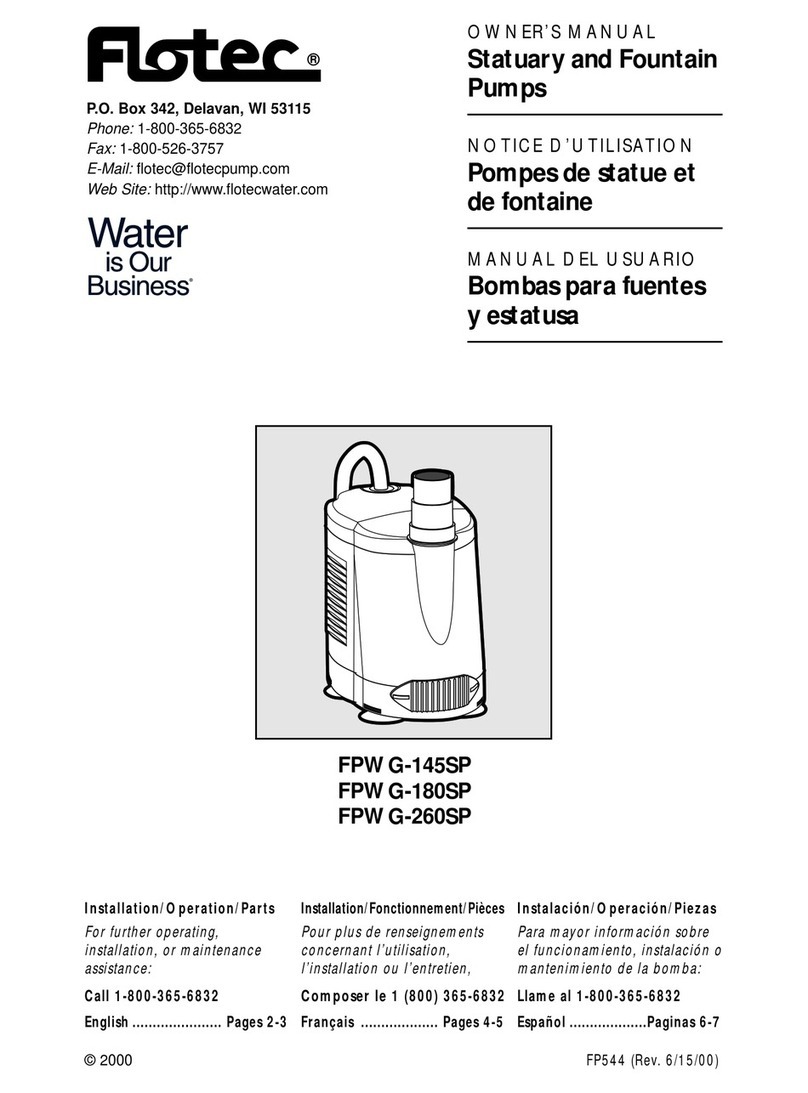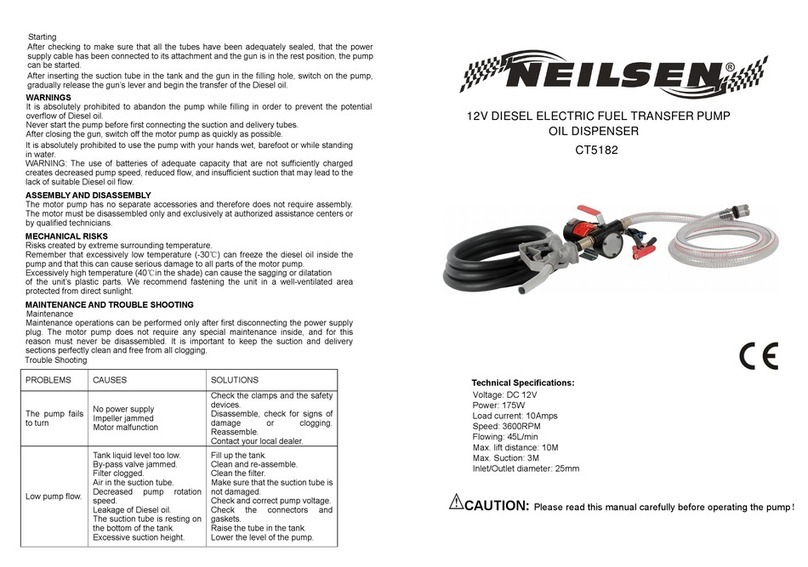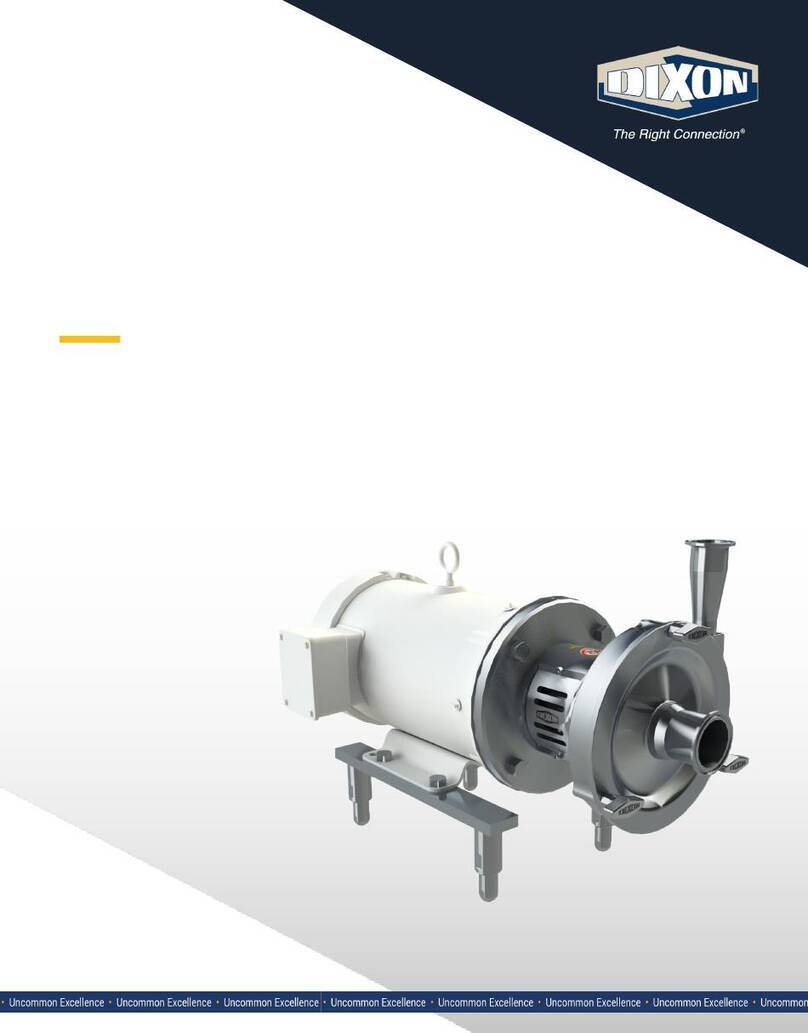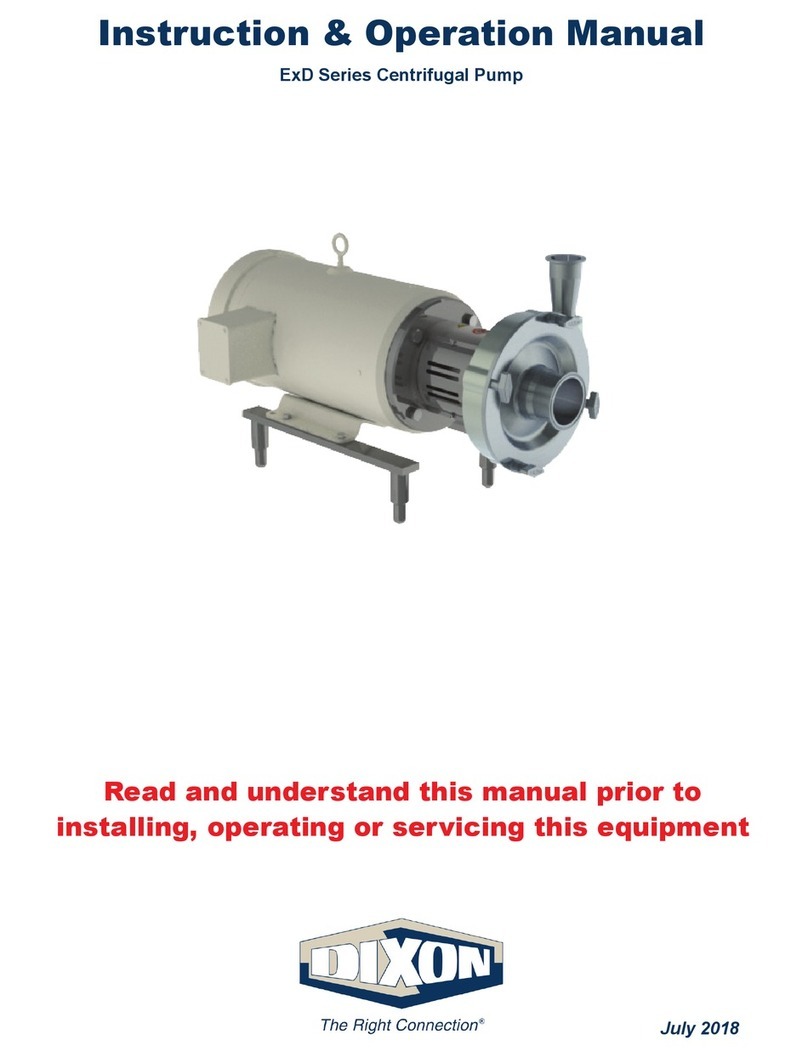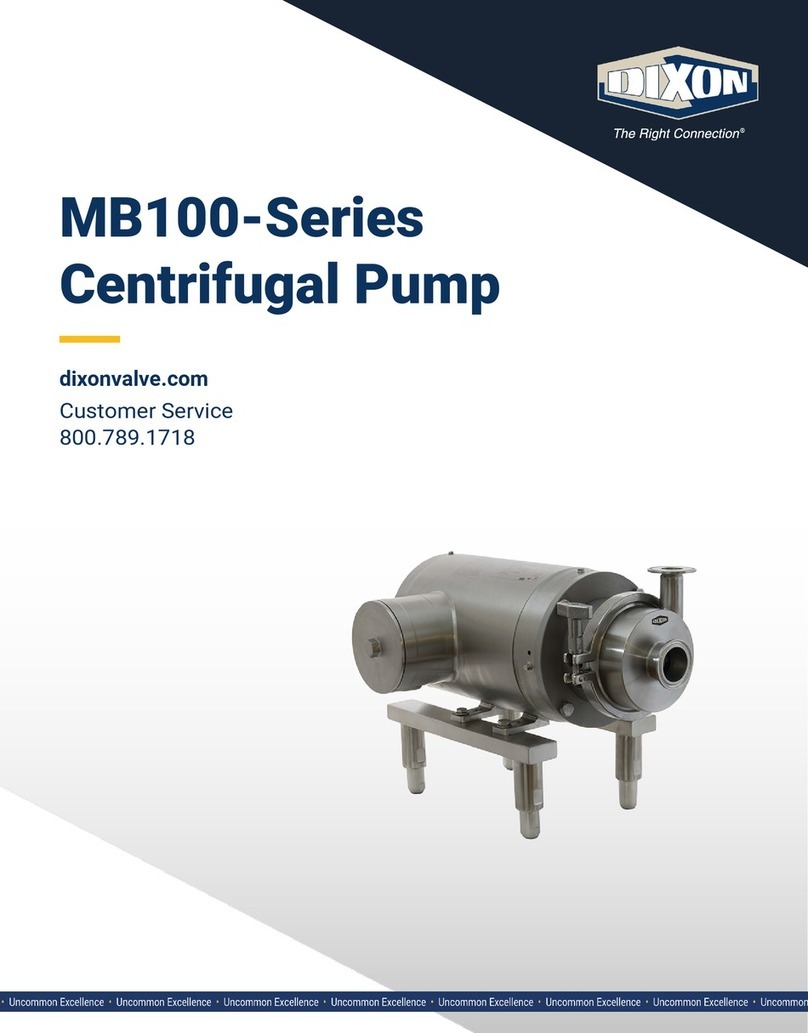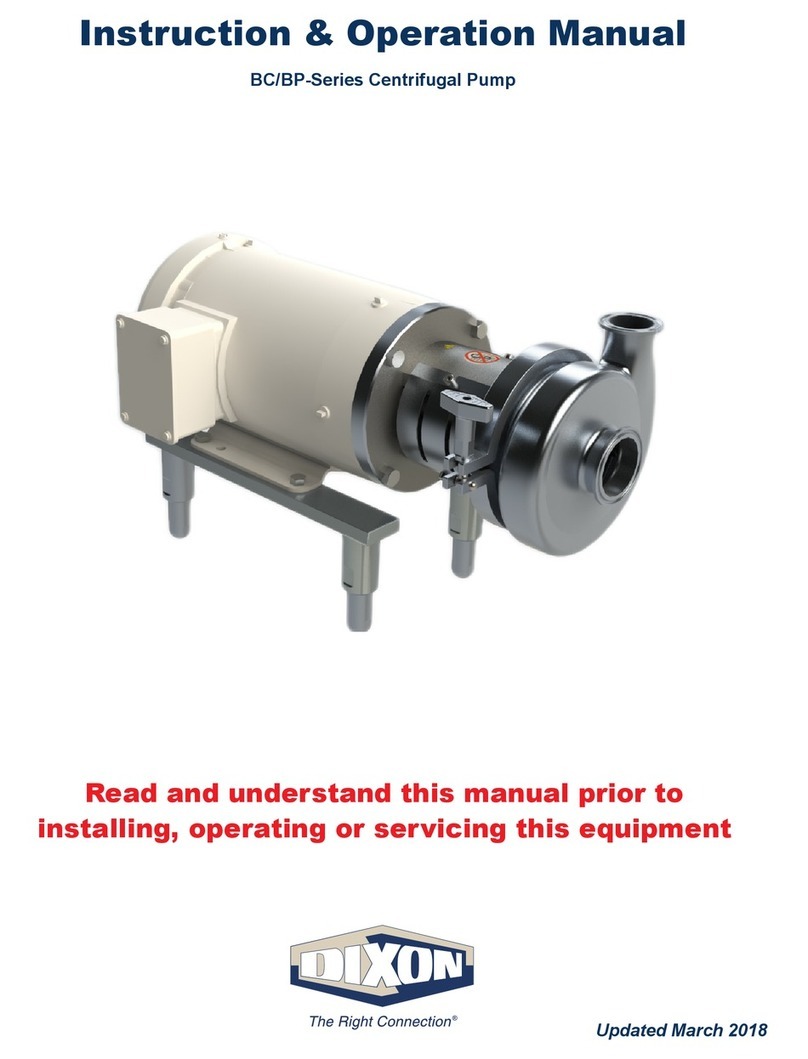2 Rotary Lobe Pumps - RZL-400 Series800.789.1718
Table of Contents
Safety ................................................................................................................................................................................................... 3
Care of Stainless Steel......................................................................................................................................................................... 4
Technical Specications....................................................................................................................................................................... 5
Family of curves ................................................................................................................................................................................... 6
Unpacking Installation & Start Up.................................................................................................................................................... 7-16
Tools needed...................................................................................................................................................................................... 17
Maintenance.................................................................................................................................................................................. 17-55
Pump Housing Disassembly...................................................................................................................................................... 17-48
Single Mechanical Seal.......................................................................................................................................................... 17-25
Double Mechanical Seal......................................................................................................................................................... 26-35
Single O-ring Seal .................................................................................................................................................................. 36-41
Triple Lip Seal ........................................................................................................................................................................ 42-48
Inspection........................................................................................................................................................................................ 49
Pump Housing Assembly................................................................................................................................................................ 49
Rotor Clearance......................................................................................................................................................................... 50-52
Shimming .................................................................................................................................................................................... 52
Rotor Timing ................................................................................................................................................................................... 53
Gear Box Disassembly ................................................................................................................................................................... 54
Gear Box Assembly ........................................................................................................................................................................ 55
Scheduled Maintenance ................................................................................................................................................................. 55
Maximum RPM................................................................................................................................................................................... 56
Maximum Solids ................................................................................................................................................................................. 56
Dimensions......................................................................................................................................................................................... 57
Troubleshooting............................................................................................................................................................................. 58-60
BOM .............................................................................................................................................................................................. 61-73
Certicates..................................................................................................................................................................................... 74-75
Warranty............................................................................................................................................................................................. 76
Thank you for purchasing a Dixon Sanitary Product!
This manual contains installation, operation, disassembly and assembly instructions, maintenance procedures, troubleshooting and a
complete parts list for all RZL-Series positive displacement pumps.
READ THIS MANUAL carefully to learn how to service these pumps. Failure to do so could result in person injury or equipment
damage.




















